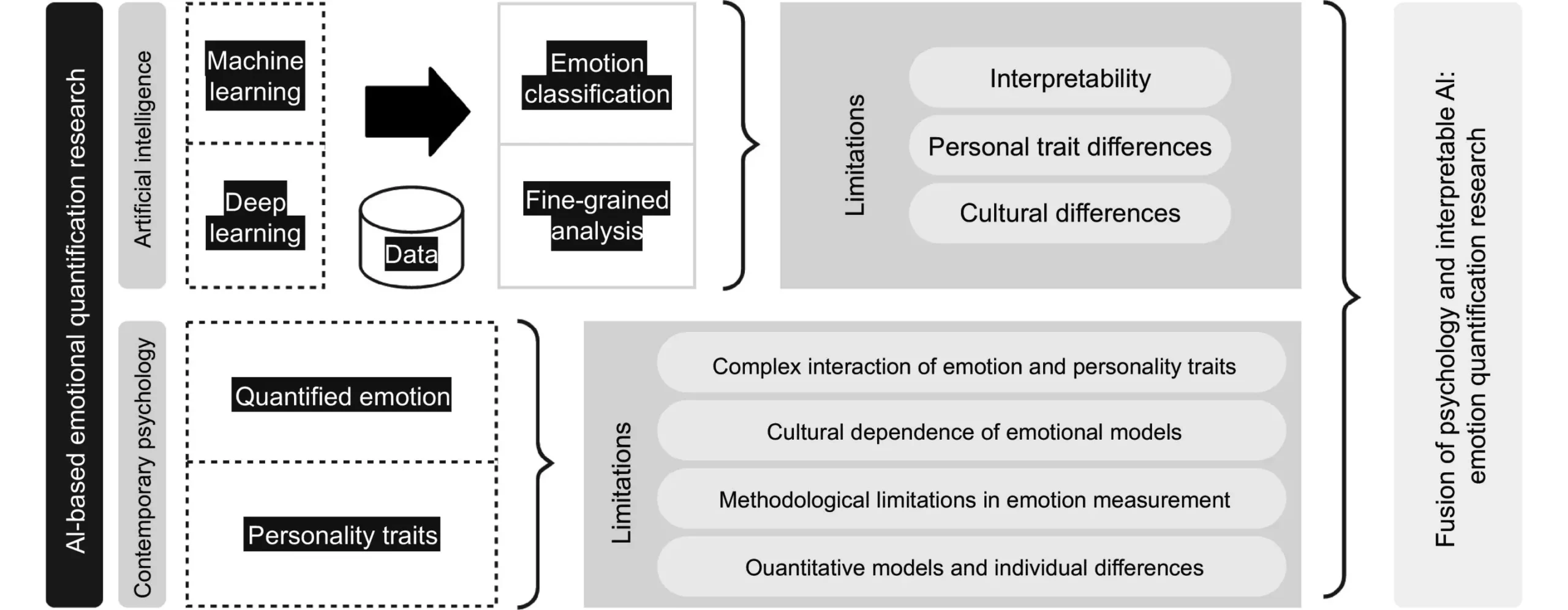Human emotion is an intricate tapestry woven from experiences, expressions, and physiological responses. Traditional methods of assessing emotions, such as self-reports or observational assessments, often fail to encapsulate the depth and nuance of emotional states. The challenge lies not only in defining what constitutes a particular emotion but also in recognizing that emotions manifest differently across individuals and cultures. This complexity presents a significant obstacle for researchers and technologists aiming to create reliable emotion recognition systems.
However, the advent of artificial intelligence (AI) is changing the landscape of this field. By leveraging both classic psychological frameworks and cutting-edge technologies, researchers are exploring ways to quantify emotions with unprecedented accuracy. Such advancements could usher in a new era of emotional intelligence in technology, allowing machines to interact with humans in more empathetic and effective ways.
As we delve deeper into AI’s potential, it’s clear that emotion recognition is not simply a technical challenge; it’s fundamentally about understanding human behavior. Researchers are experimenting with various AI-driven methodologies that utilize gesture and facial emotion recognition (FER) as well as multi-modal emotional recognition techniques. These methodologies rely on the ability of AI not only to learn from visual cues but also to integrate other sensory inputs such as sound and physiological data.
For instance, modern systems can analyze facial expressions in real-time while simultaneously assessing auditory cues like tone and volume. These multi-faceted approaches allow AI to build a more comprehensive understanding of a person’s emotional state. Furthermore, the incorporation of physiological measurements—such as heart rate variability, skin conductivity, and even EEG data—provides a richer dataset from which patterns can emerge. By fusing these various input streams, AI systems are progressively refining their ability to identify emotional states with remarkable precision.
Applications and Impact of Emotion Recognition Technology
The implications of enhanced emotion recognition capabilities are vast and touch various sectors, including healthcare, education, and customer service. In mental health, for instance, AI systems could provide ongoing monitoring, identifying emotional distress more quickly than traditional methods. This could lead to timely interventions and tailored support for individuals at risk. As Feng Liu, a prominent researcher in the area, points out, the fusion of AI with psychological insights has the potential to personalize user experiences, enhancing our understanding of emotional dynamics in the process.
In educational settings, such technology could help identify when a student is feeling overwhelmed or disengaged. By analyzing real-time emotional feedback, educators can adapt their teaching methods to better suit individual needs, fostering a more supportive learning environment. Additionally, businesses can use emotion recognition to refine customer interactions and improve service delivery, thereby increasing customer satisfaction and loyalty.
While the promise of emotion quantification via AI is enticing, it’s essential to navigate the ethical landscape carefully. Data privacy and security are paramount concerns, particularly when dealing with sensitive information related to mental health. Entities implementing these AI systems must establish robust frameworks for data handling, ensuring user trust and transparency in how data is collected, stored, and utilized.
Moreover, cultural sensitivity poses another challenge. Emotions may be expressed differently across cultural contexts, making it crucial for emotion recognition systems to be adaptable and inclusive. A one-size-fits-all approach risks misinterpretation and could reinforce biases. Therefore, interdisciplinary collaboration involving AI, psychology, anthropology, and other relevant fields is vital for developing robust, culturally aware emotion recognition systems.
As we look to the future, the integration of AI into emotion recognition holds significant promise. The journey towards harnessing the full potential of AI in understanding human emotions is still ongoing, characterized by both challenges and breakthroughs. The key to advancing this field lies in bridging the gap between human emotion and machine learning, creating systems that not only react to emotional inputs but can also offer meaningful support and engagement. With responsible development, this technology could transform how we interact with machines, leading to more enriched and emotionally aware experiences in our daily lives.


Leave a Reply